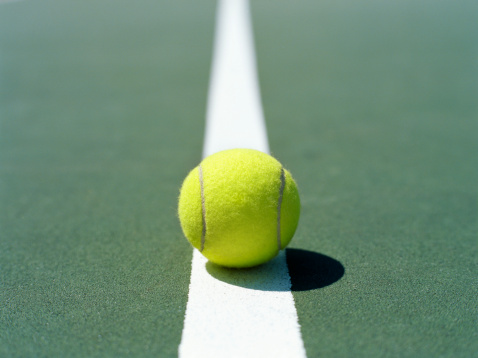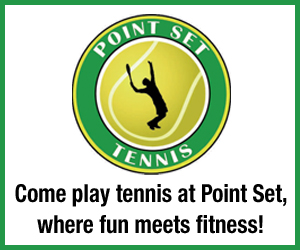A Sad Goodbye to Misplaced Animosity in USTA

I have been playing in USTA Adult Leagues for about seven years now, and not one season has passed where I can avoid an overwhelming amount of animosity at the age difference between myself and some of my opponents. This experience is not just an isolated one, but one that is common both inside and outside of tennis. In any competitive arena, a younger competitor will be the target of aspersion from older competitors. With the USTA making changes to the age restrictions in Adult Leagues, this conflict is prone to have a dramatic change in dynamic, and I for one am looking forward to these changes, but not all of its consequences.
It’s important to look at the source of the tension in this debate. Folks who sign up to play in USTA Leagues are, for the most part, weekend warriors. These are people who are doing this (one would hope) for fun and for the love of the game. League players are adults who want to compete against other like individuals at their level. The precarious issue of balance and fairness at each level can be seen to be upset when the variable of youth is introduced. All things being equal, a 3.5 Level player who is 20-years-old should beat a 3.5 player who is 45-years-old due to their age, or so the 45-year-old would argue. The thought is not without merit, but I would argue that this advantage is more psychological than anything else. Speaking from my experiences, the players whom I worry about the most tend to be of an older demographic. Players who are older tend to have a maturity that gives them an advantage that cannot be quantified. The older players tend to play a bit more relaxed, communicate with their partners more, have a better understanding of strategy, and are not as prone to the mercurial pitfalls of emotion which hamper every tennis player at one point or another. In contrast, when facing a younger player, I tend not to worry as much. I know that my experience will be an edge, that I will be able to take advantage of my opponent’s liabilities with greater ease as they are not used to problem-solving on the fly, and that my mental toughness will edge out the young fresh legs of a young and green USTA upstart. Everyone brings different skills and tools to the court, and while youth must be respected, age is not without its effectiveness.
On the surface, it’s understandable that age will be an issue to players in the same league, but upon further review, it must be noted that youthful players cannot play in another league and also should be encouraged by older players. Let’s, for the sake of example, suppose that a 23-year-old signs up to play in a USTA League. He then is snickered at and made to play under the duress of a grumpy and sometimes nasty opponent whom is older than him.
At what point is it okay to point out that there is no other league available to this 23-year-old? At what point can that very important fact be put out there? The youthful players of USTA did not invade a league that is private or outside of their age requirements with malicious intentions. These players did not find a loophole to play in a senior league. These young players are playing in an open league, a league that anyone can join. Although it may be uncomfortable to say, the league belongs to the young players as much as the older players. It is not fair to the young player to be ridiculed and made to be a villain when, in truth, he does not have another option. Which leads to my next point … USTA and USTA League players should nurture and mentor younger players new to league play in order to solidify the future and encourage good sportsmanship. In creating this adversarial dynamic between young and old, it creates a rift where everyone loses. Older players should be teaching younger players about the difference in competitive USTA Adult Leagues and their high school teams. It does not profit anyone for a 23-year-old and/or a 45-year-old to make a fool of themselves acting as though they were 10.
One match that stands out to me is when I had an opponent ask me, in a condescending way, if I just got out of school. I figured that I would just ignore him and continued warming up, but he would have none of that. He repeated himself louder going so far as to follow me to the bench repeating himself a third and fourth time looking to get a rise out of me. There should be a big difference between how things go in high school between rival schools and how things should go in USTA leagues. Older players have the power to affect change more than anyone else in educating younger players, whether they are teammates or opponents.
With the changes the USTA is making to age restrictions many, but not all, of the opponents I have played with over the last six years will disappear to the newly-formed leagues. Although it’s a good change that probably could have been made much sooner, I will regret not seeing them on the other side of the net from me. The friendships and relationships that I have built over these years with so many of my competitive peers is something that I cherish and are a large part of why I continue to register and play. Although I will not miss any of the snide comments and negative energy, I will miss playing the crafty, intelligent and classy older players which make league play a pure joy.






